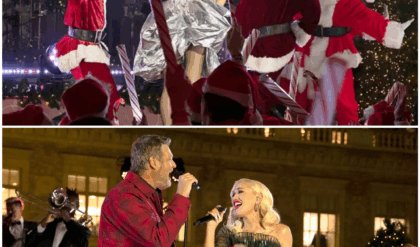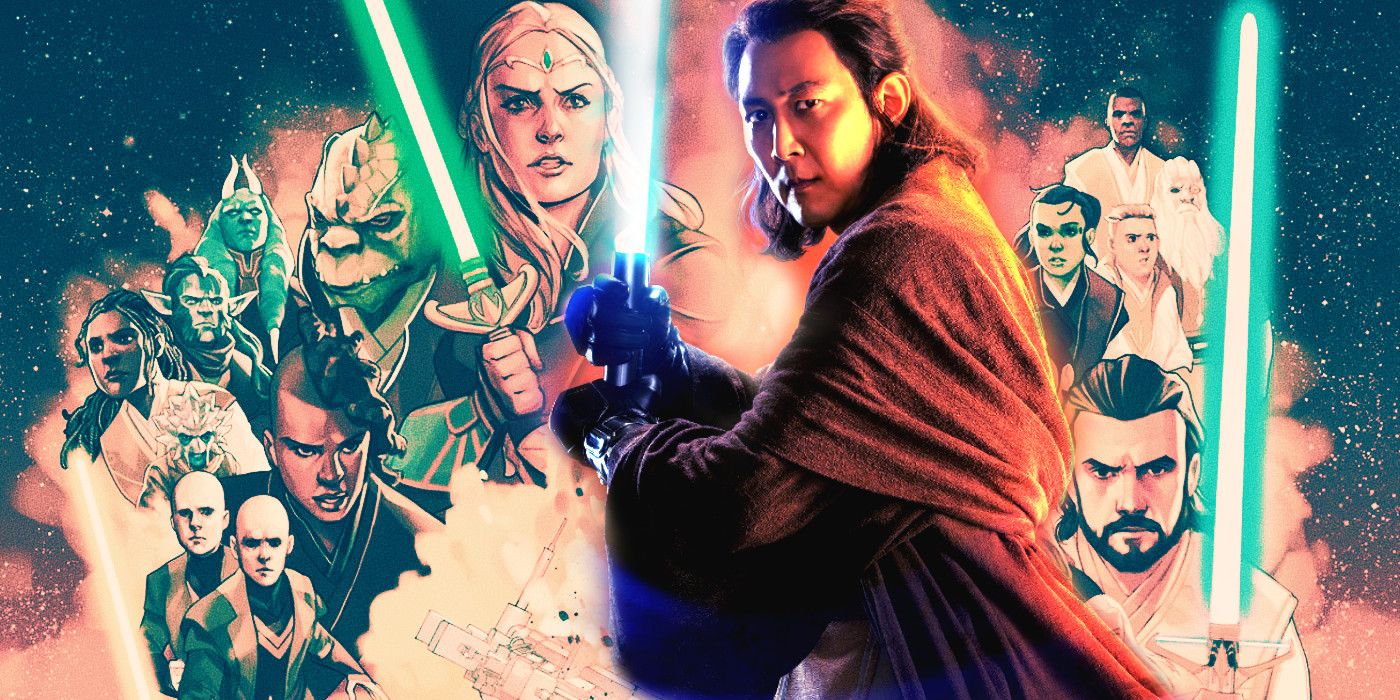
We know the Jedi are flawed – Star Wars has examined the Order’s issues thoroughly, including their unnatural fear of the dark side, their restrictive adherence to the Jedi Code, and their unwillingness to learn from their past mistakes. And yet, throughout all of Star Wars’ previous stories, the Jedi are the ultimate force for good. They may be flawed, but in the context of the story, they are always morally right. The High Republic books and spinoffs like Star Wars: The Acolyte challenge that notion, however, and I believe that Star Wars is all the more compelling for it.
The Jedi Are Scattered Across The Galaxy During The High Republic Era
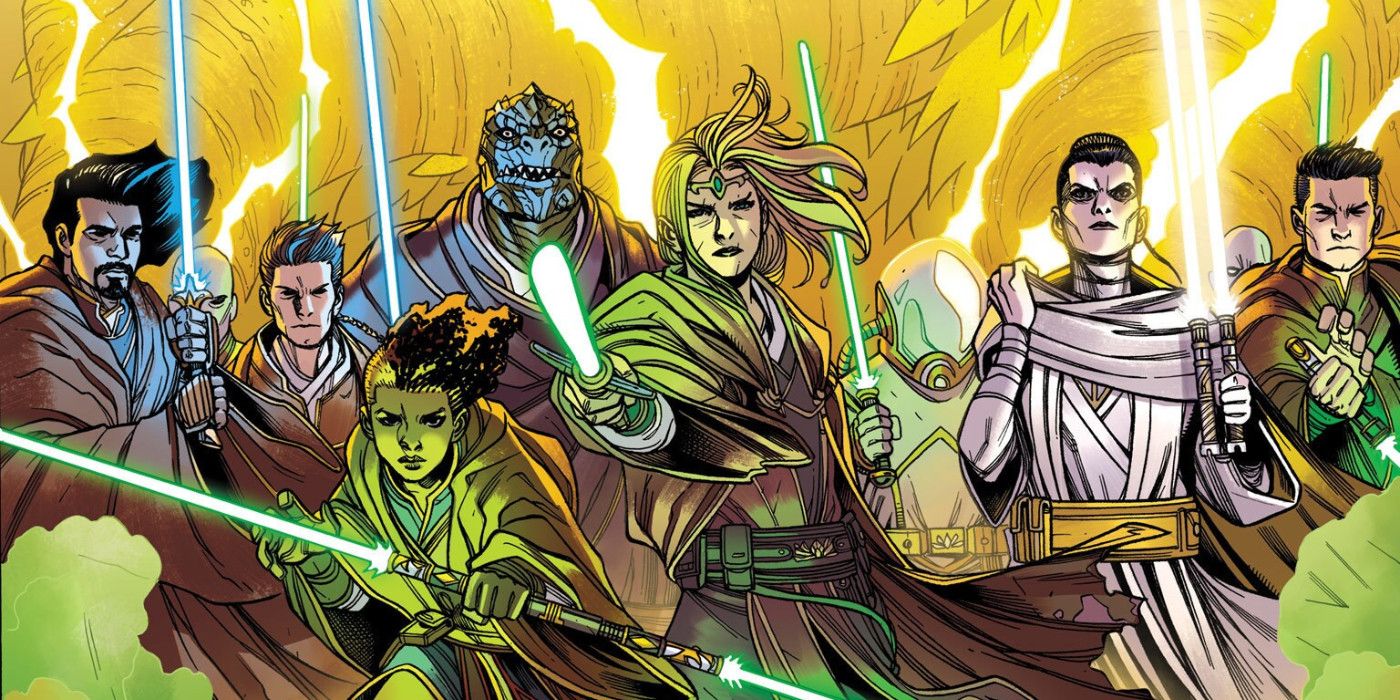
During the High Republic era, there are Jedi Temples and outposts on dozens if not hundreds of different planets, many within the Mid and Outer Rims. In the early days of the High Republic, the Jedi were also part of an effort to scout the outermost reaches of the galaxy, hoping to open up trade routes between neighboring planets and provide diplomatic assistance whenever it was needed. This is a starkly different Jedi Order than the one we see in the prequels – those Jedi had retreated to the imagined safety of Coruscant, lending a hand only when called upon.
We as the audience know that the Jedi always try to do the right thing, but that doesn’t necessarily mean they are always actually doing the right thing.
Because the Jedi are so much more visible during this era, The High Republic books, comics, and shows also provide an understanding of how other cultures and communities view the Jedi, something which, in my opinion, has been sorely lacking within the franchise. We as the audience know that the Jedi always try to do the right thing, but that doesn’t necessarily mean they are always actually doing the right thing. During the Clone Wars, the Jedi were liberators. During the original trilogy, they were legendary knights and peacekeepers. But to some, they might have been something else entirely.
Depending on cultural context, other groups may be justifiably wary of the Jedi. In a galaxy with trillions of life forms, the Sith could not possibly be the only ones to disagree with the Jedi and their beliefs. These other groups may not hate the Jedi as much as the Sith do, but they can disagree with them all the same, and some of the disagreements that are woven throughout the High Republic era are genuinely understandable.
The Path Of The Open Hand Viewed The Jedi As Abusers Of The Force
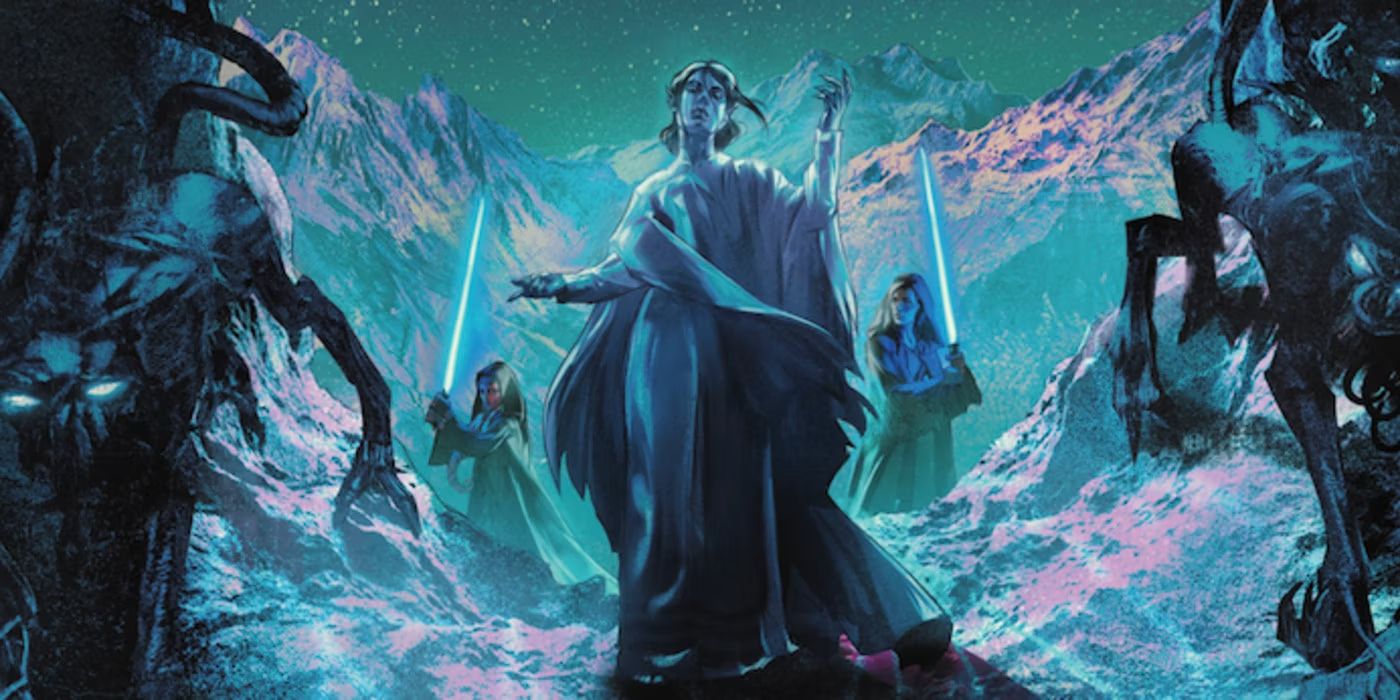
The High Republic Phase II takes place 350 years before the events of the Star Wars prequel trilogy. This is a time of exploration for the Jedi, as they traverse the outermost reaches of the galaxy, helping those who cannot help themselves wherever they go. One such planet is Dalna, where a seemingly peaceful farming community inhabits a large stretch of land. These farmers aren’t what they seem, however. They’re actually members of a group known as the Path of the Open Hand, who believe that the Force should, above all else, be free.
The Path was led to believe that the Jedi abuse the Force. According to them, whenever a Jedi uses their abilities to levitate an object or jump across a ravine, it causes a ripple effect somewhere else, potentially endangering another person’s life. We know this isn’t true, and the Jedi know this isn’t true, but that doesn’t mean their beliefs are inherently any less valid. Though some of the Path’s leaders used their followers’ naivety to coerce and manipulate them, on the whole, many innocently believed that their interpretation of the Force was correct.
They weren’t outright hostile to the Jedi until the Path’s leader, the Mother, told them to be. Hypothetically, however, if the Mother hadn’t been in charge, could the Jedi have justified their distrust of the Path? Would they have left them alone, or would the Jedi have forced their own beliefs and rules onto them, compelling them to change their ways? The High Republic’s first live-action show, The Acolyte, certainly makes that seem very plausible.
The Acolyte Proves The Jedi Weren’t Always Welcomed With Open Arms
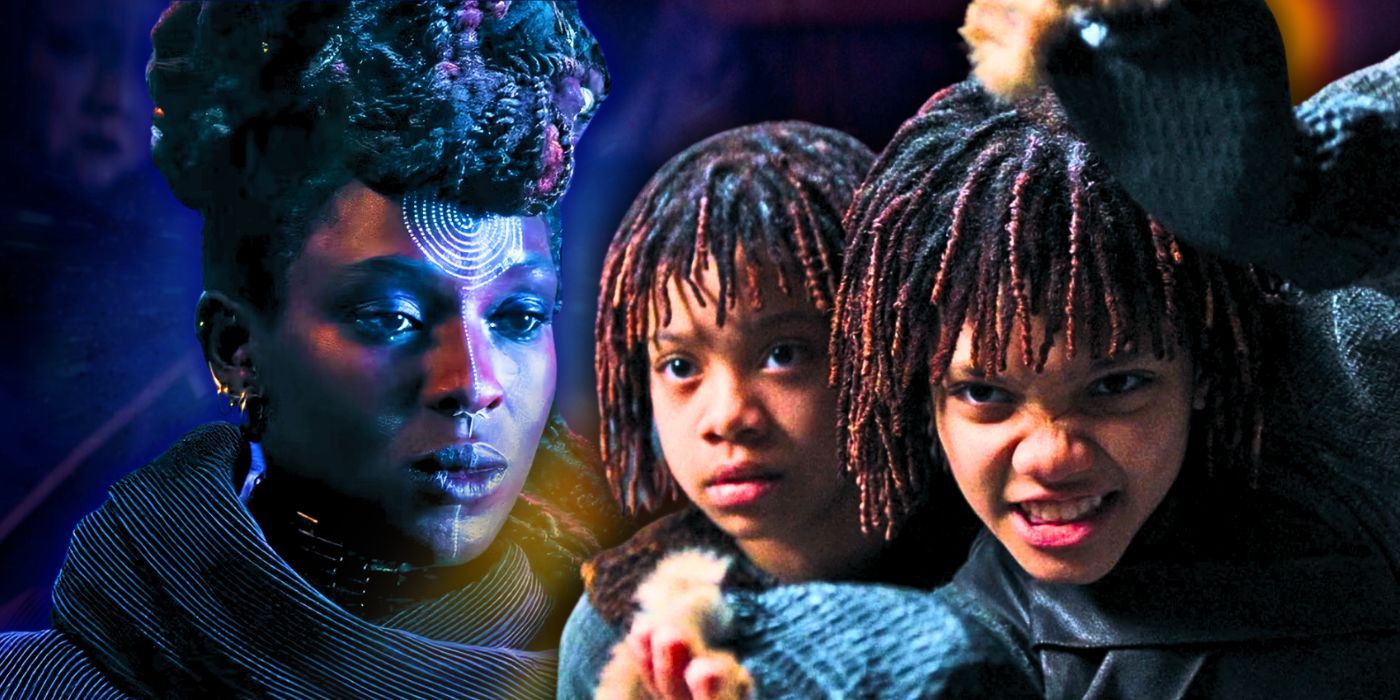
In Star Wars: The Acolyte episode 3, “Destiny,” we are introduced to a new coven of Force-sensitive witches, much like the Nightsisters of Dathomir. It’s clear that these witches are powerful – it’s insinuated that they were able to manipulate the Force and create life, resulting in the births of twin sisters, Osha and Mae. It is also implied that these witches draw on the dark side of the Force. Understandably, the Jedi are wary of them, but what happens in the episode isn’t simply the Jedi treating these witches with caution.
Instead, four Jedi essentially break into the coven’s homestead, imposing their will upon them without any real evidence of actual wrongdoing. Mae and Osha are to be tested by the Jedi, and their mother isn’t given any room to argue. This is the Jedi’s law, and they will abide by it; otherwise, the consequences could be drastic. Is that truly the will of the Force? Are the Jedi so sure of their moral standing in the galaxy and their understanding of the Force that they won’t even take the time to truly learn what kind of magic the witches practice?




